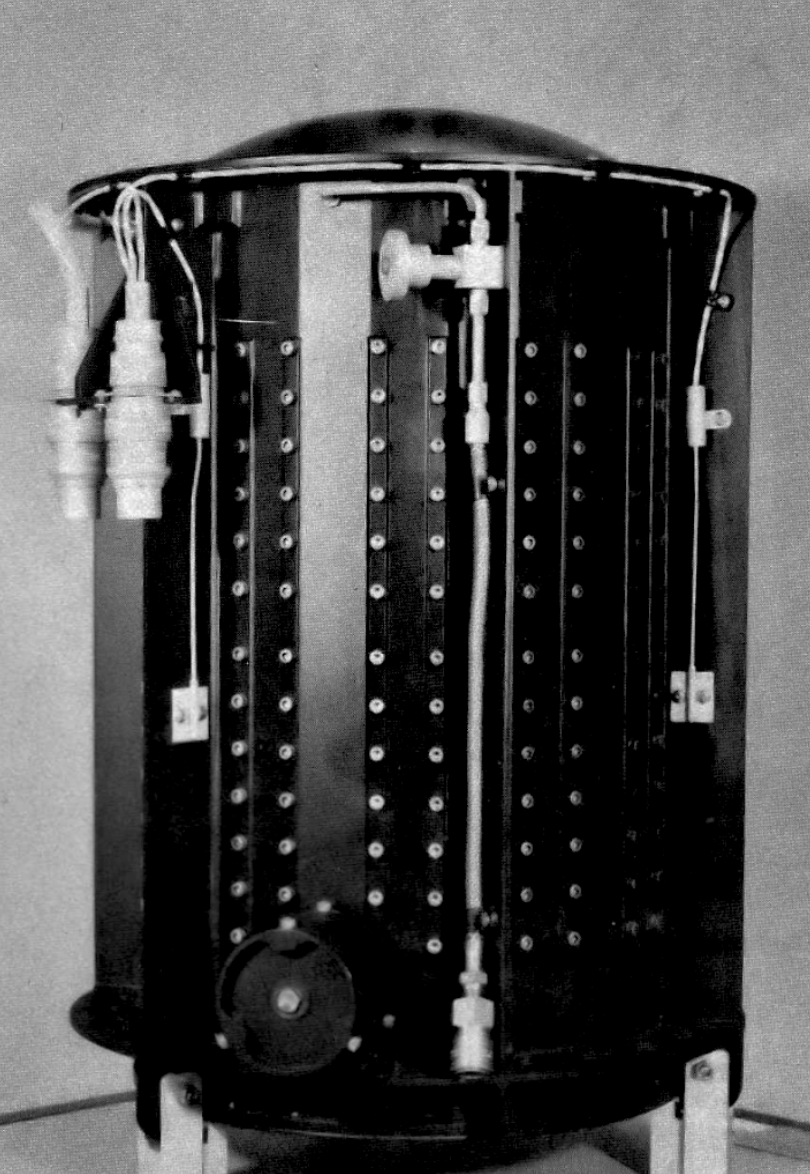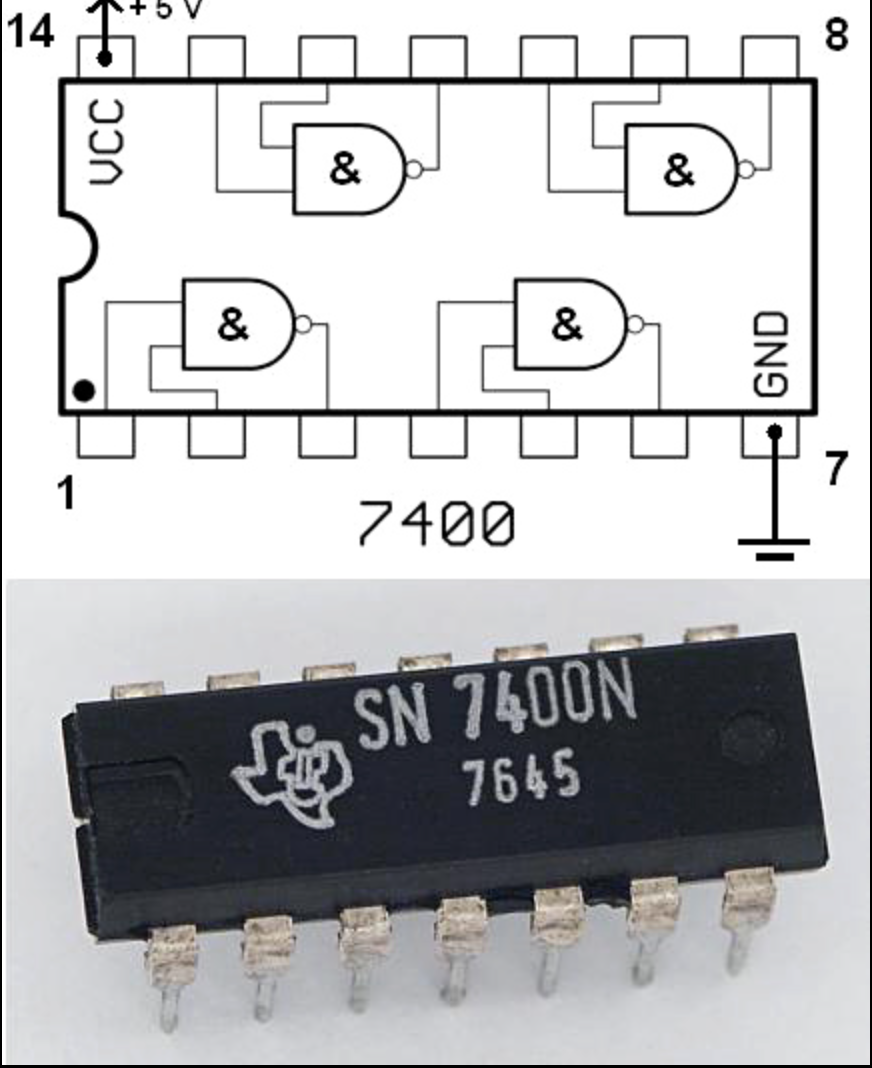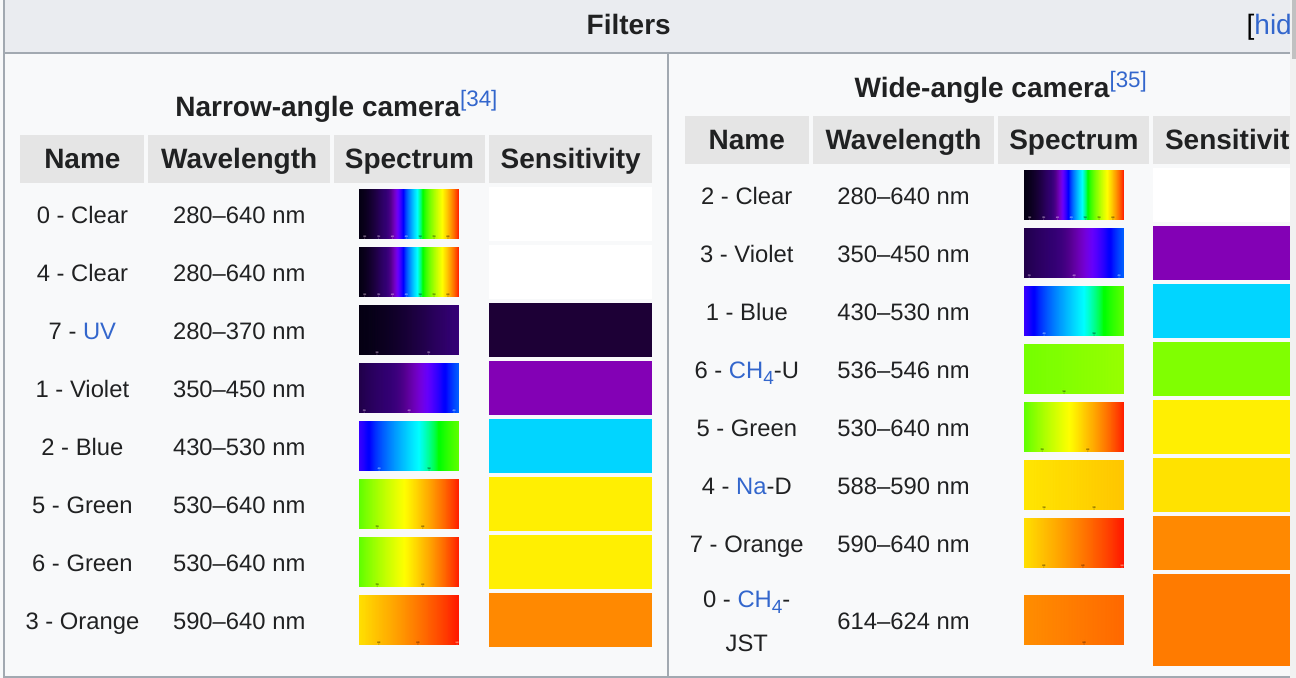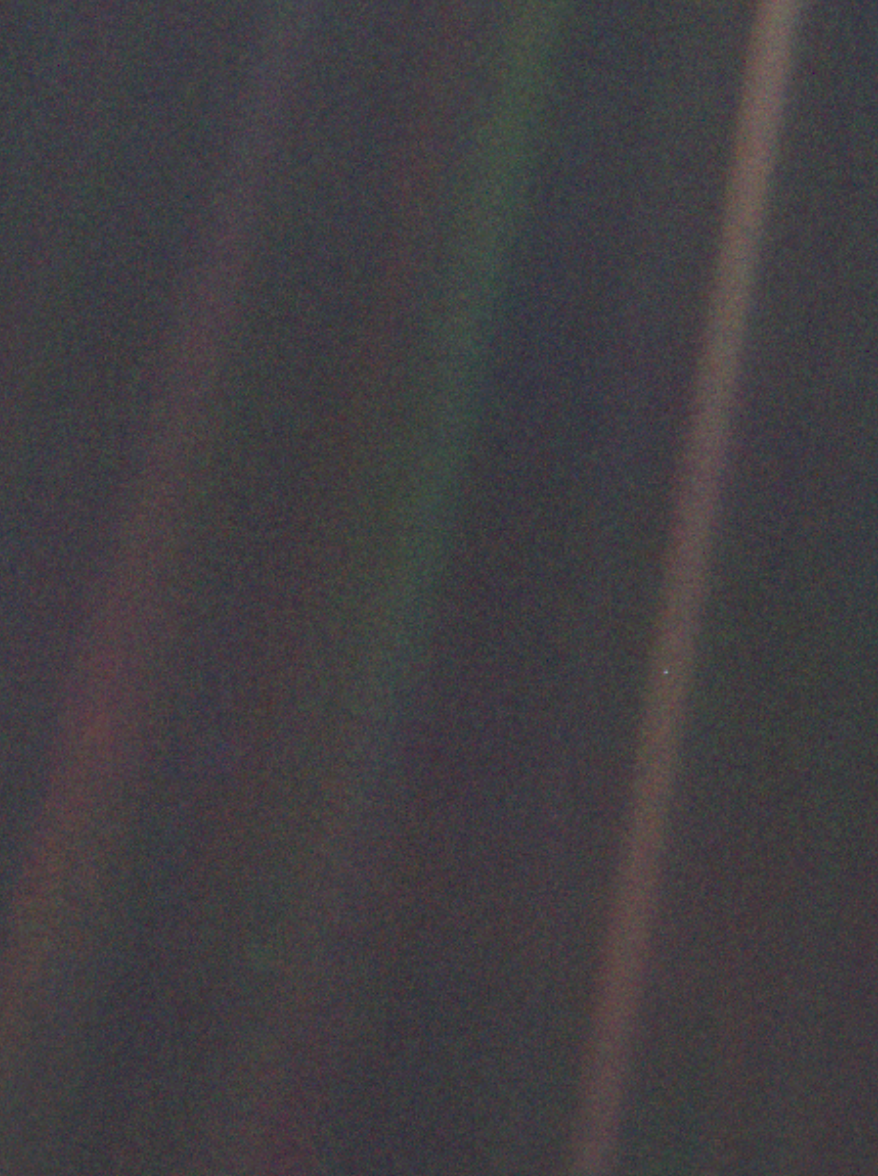Objects In Space: Voyager 1
Looking at Voyager 1 & The Voyager Program
If you aren’t a medium member, you can read with no paywall via substack
As we’ve looked at exploring the radio spectrum there’s been a distinct focus on digital communications. Some of these, like RFID use very low power and travel over short distances. And while this type of hardware is useful, to help enable our connected world we’ll need to access things like GPS satellite signals and even telemetry and data from things like the Landsat program.
While communicating with low earth orbit objects can be a challenge, as we move deeper into space we’ll also find that communicating with these more distant assets becomes more and more challenging as the distance increase. In today’s article, we’ll be exploring some of the methods needed to communicate with the Voyager 1 spacecraft, the most distant object in our universe.  Voyager used Gravity available due to a unique planetary alignment as it’s mechanism to explore the universe. Source: Wikipedia.
Voyager used Gravity available due to a unique planetary alignment as it’s mechanism to explore the universe. Source: Wikipedia.
What Is Voyager
A legacy of Cold War-era space activities, the Voyager probes were scientific spacecraft that were designed to explore the universe. While you’ll mostly need fuel to set your course and leave Earth's orbit, the Voyager program was unique as it leveraged gravity to provide an additional push. Coming from a unique alignment of the planets that occurs only once every 100+ years, this offered NASA and its scientists the chance to explore the universe in greater detail than seen previously, offering much in the way of data and imagery that could then be studied.
Animation of Voyager 1 trajectory.gif
English: Animation of Voyager 1's trajectory from September 1977 to 31 December 1981 · · · ·en.wikipedia.org
While the initial plan was for a “Grand Tour” of the universe, after encountering political and budgetary issues the plan was scaled back and ended up being two probes, namely Voyager 1 and Voyager 2. The probes would be launched in the mid-70s to capitalise on the gravity assist and would be packed full of hardware that was designed to give the program the best chance of success.
The probes were scheduled to leave Earth orbit and move to scheduled “encounter” phases that would give viewing opportunities to Jupiter, and Saturn as well as provide opportunities to take distant shots of the Earth at the same time.
The Hardware
Due to their extended mission, despite being burdened with a 1960s design the two probes were packed full of the latest in cutting-edge hardware across a broad range of systems. Power, communications, storage and processing were all developed using a mixture of new technology and reliable manufacturing methods. While this equipment looks very different to what we’d see in today's world, its longevity speaks for itself.
Power:
Power was supplied using a nuclear, Radioisotope Thermal Generator. Using decaying heat energy provided by nuclear material, the system provided a reliable way to provide long-term energy with few moving parts. Voyager carried 3x RTG systems providing around 470w of power at launch. RTG system as used on Voyager. Source: Wikipedia.
RTG system as used on Voyager. Source: Wikipedia.
Computers:
Using three separate computer systems with dual redundant systems, both probes used custom systems designed around the Texas Instruments 7400 series. These early systems were known for their reliability and used minimal memory, with just 32kb of available memory available for most systems.
The design of the onboard computers and housekeeping units also allowed Voyager spacecraft to provide isolation between some systems with scientific instruments and other sub-systems being able to be switched on and off without affecting the main navigation and stabilisation systems.
This design would become critical in later years when the RTG system faced reductions in power. However, it was also relevant once Voyager travelled past a certain point in space as it would enable the onboard imaging system to be shut off which would help to conserve power.  The TI7400 was a simple yet reliable design, perfect for sending into a harsh space environment. Source: Wiki
The TI7400 was a simple yet reliable design, perfect for sending into a harsh space environment. Source: Wiki
Scientific Instruments:
With the Apollo program in full swing, much of this technology was able to be leveraged to provide a more detailed analysis of the environment and planetary observations. While not all instruments would be relevant across all mission phases, the program still offered a way of returning back far more data than had been seen previously. Some of the more intriguing subsystems for the day included:
Spectrum Interferometer for measuring atmospheric composition.
Imaging Systems for both Ultraviolet and Full Spectrum Color.
UV Spectrometer for measuring radiation.
Plasma Wave Subsystem for providing electron density measurements.
And, a Planetary Radio Astronomy package that was a full-blown radio receiver designed to detect emissions from space.  The onboard imaging system used two cameras and specific filters to provide detailed photographic images. Source: Wikipedia.
The onboard imaging system used two cameras and specific filters to provide detailed photographic images. Source: Wikipedia.
Communications:
While all this stuff is pretty cool, it’s fair to say that for us the communications package is where it’s at. Collecting data is useless if you’re unable to collect and process it, and by this metric Voyager 1 did not disappoint in the least.
Using an assortment of different systems for various purposes, from the outset Voyager 1 was designed for communication at the edge of our solar system and beyond. This meant large antennas, high output power and a good stabilisation system that would allow the high gain antenna to remain focused at Earth.
The newly developed deep space network promised to offer reliable communications at great distances and using its three earth stations offered the chance to remain in constant contact with the voyager spacecraft as needed downloading telemetry and uploading new instructions as needed.
Because of this, high bandwidth communications were needed, including a high-rate telemetry channel that would allow remote operators at NASA to manage the spacecraft and identify any developing problems.
Typically, the communications system would use the main High-Gain dish antenna to transmit a 25w digital signal back to Earth. Operating on Deep Space Channel 18, Voyager usually transmits around 2.3ghz in the space communications sections of the band. Which, incidentally is just below the frequency your home router might typically use.
The probes would also carry an onboard tape recorder, allowing for the storage and forward transmission of data for the occasions that Voyager would be outside the footprint of a ground station.  Voyager required large, high-gain antenna arrays for reliable communication. Source: Wikipedia.
Voyager required large, high-gain antenna arrays for reliable communication. Source: Wikipedia.
Where Is It Now?
After successfully completing its planetary tour, the voyager craft was put on an escape route that would eventually take it outside the solar system. Because of this, we’d eventually acknowledge the voyager as the most distant object of our world, working at distances that are hard to fathom with a human brain. The current distance of Voyager places it over 24 billion km from Earth.
And despite having a mission duration of over 47 years you might be surprised to know that Voyager is still reporting data and still being managed by NASA technicians. After suffering a memory fault in 2024 mission specialists were able to remotely recover the system after applying a memory workaround that allowed a fault chip to be bypassed.
However these systems are old, and despite the skilled hands working hard at keeping them active, the systems will eventually fail over time with recovery becoming harder and harder with each incident that occurs. Even without problems though, the reduction in the power generation capacity of the RTG systems has meant that the management of these systems has become a priority over time. The status of Voyager is regularly broadcast over the Deep Space Network. Source: eyes.nasa.gov
The status of Voyager is regularly broadcast over the Deep Space Network. Source: eyes.nasa.gov
Despite these limitations, for now, scientists continue to collect and store data and apply workarounds that allow them to get the best from the aging spacecraft and its systems.
Pale Blue Dot
Before it left the solar system, Voyager 1 was responsible for giving humanity one last image of significance before it went along its way. Prior to its exit, a poll was run to establish the last image that Voyager would take before its camera system was shut down to conserve power.
While initially, the favoured decision was a forward-facing picture it was soon realised that due to the vastness of space, there was no actual guarantee of seeing anything!
With this said, the decision was made to go to “selfie mode” and spin the probe around so it could face Earth and take a picture of what it saw. Giving us a selfie before the selfie was mainstream, this action resulted in the image known as the pale blue dot. This image showed the vastness of the universe, with Earth and everything on it being a pale blue dot amongst a sea of dark space.  Pale Blue Dot showed the vastness of space and Earth, from over 6 billion kilometers away. Source: Wikipedia
Pale Blue Dot showed the vastness of space and Earth, from over 6 billion kilometers away. Source: Wikipedia
Despite its simplicity and age, Pale Blue Dot is still an extremely important image, motivating people to study space, physics and aerospace as well as inspiring many questions about our current place on earth.
Talk To Voyager?
Due to distance, talking to a voyager requires high output power, a very large dish antenna and some very specific knowledge in regards to orbital location and programming information. Because of these limitations, typically, communicating like this remains the domain of nation-state scientific programs.
However, the topic of what’s required and how we might go about that is still an interesting discussion for anyone interested in radio technology.
So, if you enjoyed this article, keep an eye out for Part Two where we’ll look specifically at some of the hardware and protocols that are used to help reliably communicate with spacecraft like Voyager via the deep space network.
Medium has recently made some algorithm changes to improve the discoverability of articles like this one. These changes are designed to ensure that high-quality content reaches a wider audience, and your engagement plays a crucial role in making that happen.
If you found this article insightful, informative, or entertaining, we kindly encourage you to show your support. Clapping for this article not only lets the author know that their work is appreciated but also helps boost its visibility to others who might benefit from it.
🌟 Enjoyed this article? Support our work and join the community! 🌟
💙 Support me on Ko-fi: Investigator515
📢 Join our OSINT Telegram channel for exclusive updates or
📢 Follow our crypto Telegram for the latest giveaways
🐦 Follow us on Twitter and
🟦 We’re now on Bluesky!
🔗 Articles we think you’ll like:
- Software Defined Radio & Radio Hacking Pt 1
- OSINT Investigators Guide to Self Care & Resilience
✉️ Want more content like this? Sign up for email updates


























